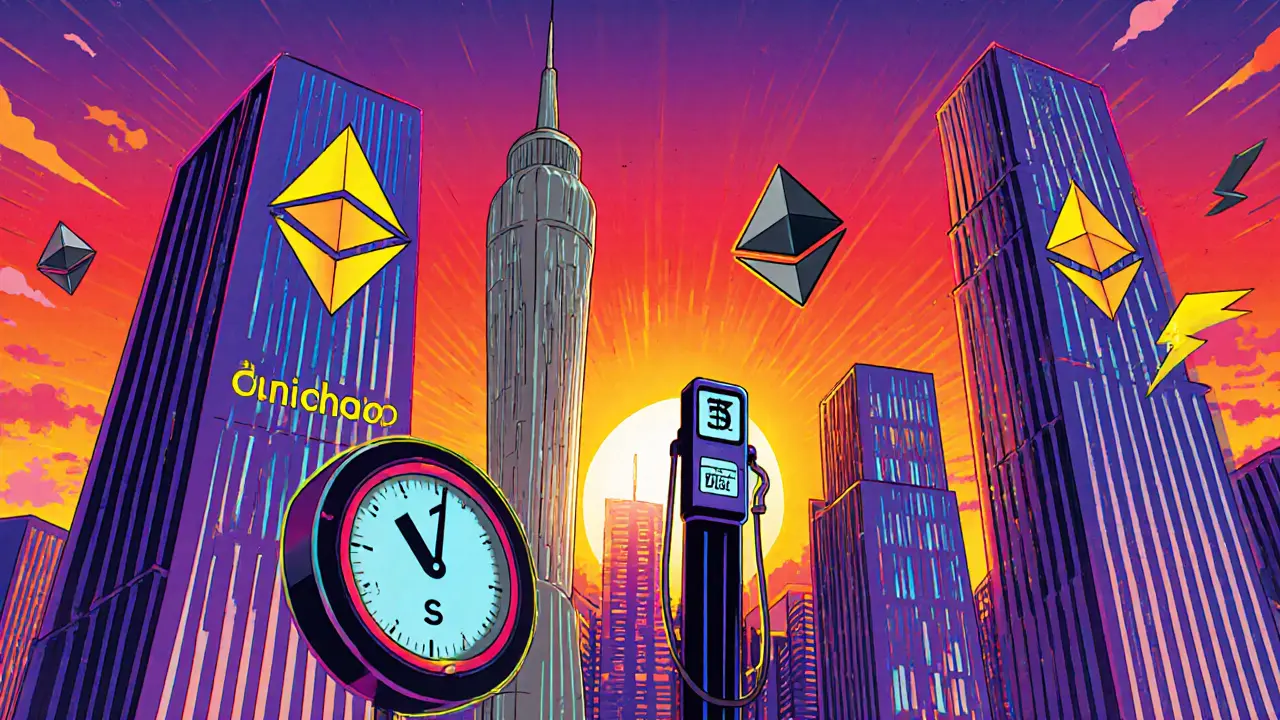Uniswap v3 Explained – Liquidity, Fees, and Strategy
When working with Uniswap v3, the third version of the leading decentralized exchange built on Ethereum. Also known as Uniswap V3, it introduced a game‑changing Concentrated Liquidity, a system that lets liquidity providers allocate capital to narrow price ranges instead of the whole curve and flexible Fee Tiers, options from 0.05% up to 1% that let LPs balance risk and reward. These innovations sit inside traditional Liquidity Pools, smart‑contract vaults that hold token pairs for automated market making. If you're looking for deep dive into Uniswap v3, start by understanding how each piece fits together.
How the Core Concepts Interact
Uniswap v3 encompasses concentrated liquidity, which requires LPs to choose price ranges that match their market view. This choice affects fee earnings because tighter ranges capture more trading volume, especially when paired with the right fee tier. A higher fee tier influences LP profitability by compensating for impermanent loss in volatile pairs. All of this runs on the Ethereum blockchain, so gas costs impact the net returns of each strategy. The interplay between fee tiers, liquidity concentration, and gas economics creates a flexible toolkit for traders who want to fine‑tune risk.
Our collection below covers everything from step‑by‑step guides on setting up a concentrated liquidity position, to analyses of fee tier selection for various token pairs. You’ll also find reviews of alternative DEXes that benchmark against Uniswap v3’s performance, and practical tips for minimizing gas fees while maximizing yields. Whether you’re a beginner curious about how DEXes work or an experienced LP hunting for the next edge, the articles ahead give you actionable insights you can start using right now.
Uniswap v3 (Unichain) Review: Fast Low‑Fee DeFi Exchange
A detailed review of Unichain, the Uniswap v3 Layer 2 solution. Learn about its speed, ultra‑low fees, technical specs, risks, and how to start trading.
